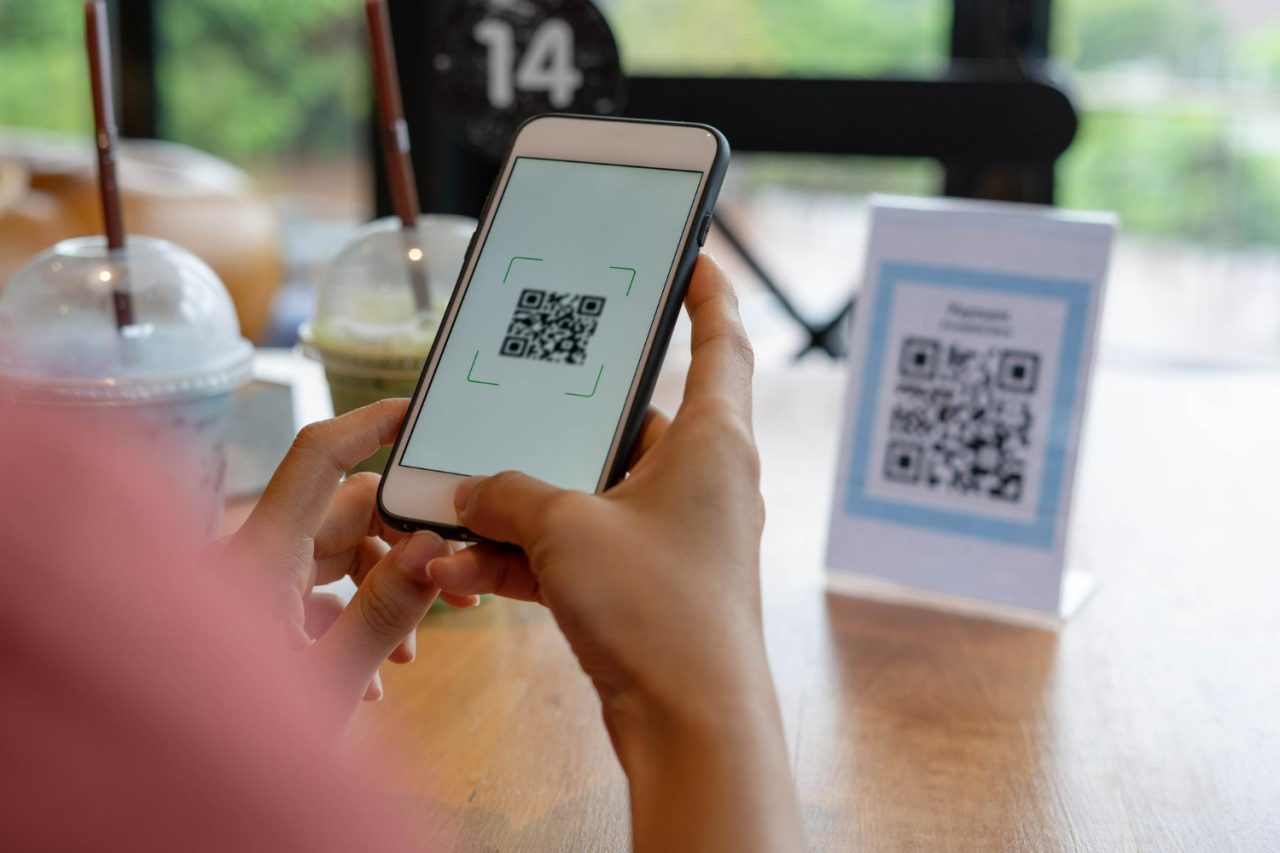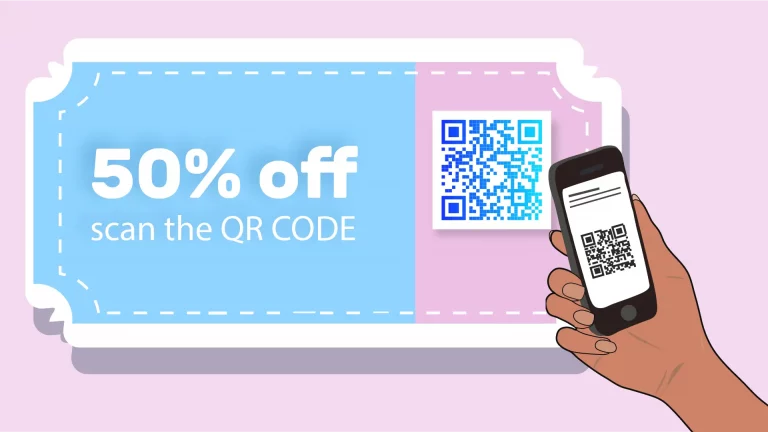Boost Customer Retention With a Powerful Loyalty System
In today's competitive marketplace, boosting customer retention is not simply beneficial but vital for continual development. A properly designed loyalty system serves as a crucial device in this venture, fostering purposeful partnerships between organizations and their consumers. By comprehending the fundamental parts of efficient loyalty programs, companies can tailor their approaches to satisfy diverse consumer requirements.
Significance of Client Retention
Consumer retention is a cornerstone of sustainable business success. It shows the ability of a firm to maintain its customers pleased and engaged gradually, resulting in duplicate purchases and lasting success. Retaining existing clients is frequently extra economical than getting new ones, as it lowers advertising expenditures and promotes a faithful consumer base that promotes for the brand name.

Furthermore, high customer retention prices can enhance a company's reputation in the market, bring in new customers with positive word-of-mouth and references. Services that prioritize client retention are also much better placed to gather valuable responses, enabling them to improve their offerings and address prospective concerns proactively. Eventually, effective client retention techniques develop a strong structure for growth, permitting companies to grow in a progressively affordable landscape.
Key Parts of Commitment Programs
A well-designed commitment program works as an effective tool for improving consumer retention by offering motivations that encourage repeat service. To attain this, a number of vital components need to be included into the program.
First, a clear framework for incentives is vital. Consumers ought to quickly recognize how to make rewards or points, which can be based upon acquisition frequency, spending levels, or particular activities like references. This transparency promotes depend on and encourages engagement.
Second, customization plays a crucial role. Tailoring rewards and interaction to specific choices boosts customer fulfillment and reinforces relationships. By leveraging data analytics, companies can use targeted promos that reverberate with consumers' passions.
Third, convenience of usage is vital. A seamless sign-up procedure and an intuitive interface for tracking rewards can considerably enhance client experience. If consumers locate it difficult to browse the program, they may disengage.
Last but not least, normal interaction and updates regarding the program keep it top-of-mind for clients. Informing them of new incentives, unique deals, or program modifications helps maintain rate of interest and interaction.
Integrating these components effectively can lead to an extra effective loyalty program that significantly boosts consumer retention.
Kinds of Commitment Equipments
Discovering different sorts of commitment systems exposes distinct approaches that businesses can take on to promote customer retention. One typical kind is the points-based system, where consumers make points for every single purchase, which can later on be retrieved for benefits. This straightforward approach incentivizes repeat acquisitions and keeps consumers involved.

Cashback commitment programs, where clients get a portion of their purchases back as money you can check here or store credit score, are likewise prominent. This design directly rewards investing, developing a prompt reward for clients to return.
Furthermore, subscription-based loyalty systems provide clients with special benefits for a recurring cost. This strategy not just guarantees a stable revenue stream yet additionally promotes lasting partnerships with clients who value ongoing rewards.
Finally, experiential loyalty programs concentrate on using distinct experiences, such as individualized solutions or special events, boosting emotional links and brand loyalty. Each kind of loyalty system supplies special advantages, permitting companies to straighten their methods with customer choices.
Best Practices for Execution
When executing a commitment system, companies need to prioritize recognizing their customer base to customize the program efficiently. Performing complete research to determine consumer preferences, motivations, and habits is necessary. This understanding will lead the design of the loyalty program, guaranteeing it resonates with the target audience.
Following, businesses need to choose a suitable framework for the commitment program. Options may consist of point-based systems, tiered rewards, or experiential incentives. Picking a model that lines up with client assumptions can enhance involvement. Additionally, simplicity is important; consumers should easily comprehend exactly how to make and retrieve incentives.
The commitment program must perfectly connect with point-of-sale systems, mobile applications, and consumer partnership administration (CRM) tools to give a natural experience. Companies should routinely promote the commitment program through numerous networks, ensuring consumers are conscious of the benefits.
Last but not least, gathering ongoing comments is vital for continuous renovation. Solicit consumer input to adapt and improve the program to changing choices, eventually fostering long-lasting loyalty and improving customer satisfaction.
Gauging Loyalty Program Success
Efficiently executing a commitment program lays the groundwork for determining its performance. To gauge success, services must establish clear metrics that line up with their purposes. Key performance signs (KPIs), such as consumer retention prices, average deal worth, and regularity of repeat acquisitions, provide important understandings right into program efficiency.
Another vital action This Site is the redemption rate, which indicates exactly how commonly consumers use their rewards. A high redemption rate frequently shows a program's appearance and importance to consumers. In addition, tracking customer interaction with participation in exclusive promotions or events can expose patterns in commitment habits.
Client feedback is also important; surveys and focus groups can illuminate perceptions of the loyalty program, highlighting areas for improvement. Assessing consumer life time value (CLV) can help quantify the financial influence of commitment initiatives.
Implementing these dimension approaches enables services to evaluate the program's effectiveness continually. This data-driven approach enables educated decisions for optimizing offerings, boosting consumer experiences, and inevitably cultivating much deeper customer commitment. By regularly evaluating these metrics, organizations can ensure their loyalty programs advance in tandem with client assumptions and market characteristics.
Final Thought
To conclude, a well-structured commitment program considerably improves client retention by cultivating solid links via personalized rewards and efficient interaction. Applying look at this web-site ideal techniques ensures that the program remains relevant and user-friendly, while continuous feedback helps with continuous enhancements. Inevitably, an effective commitment system not just enhances consumer satisfaction but also drives repeat acquisitions, developing a devoted client base that is vital for long-term service success and sustained earnings.
Keeping existing clients is frequently much more cost-effective than getting brand-new ones, as it minimizes advertising expenses and cultivates a dedicated client base that advocates for the brand.
In addition, high consumer retention prices can improve a firm's online reputation in the market, drawing in new consumers with positive word-of-mouth and references.When carrying out a loyalty system, organizations must prioritize recognizing their customer base to tailor the program properly. Organizations must regularly advertise the commitment program through various channels, making sure clients are mindful of the benefits.
Inevitably, an effective loyalty system not only increases customer contentment yet additionally drives repeat purchases, developing a devoted client base that is essential for lasting company success and maintained success.
Comments on “Make best use of Engagement with a Customizable Loyalty System for Your Company”